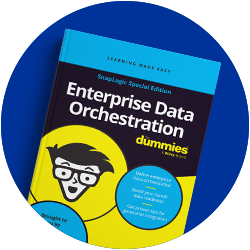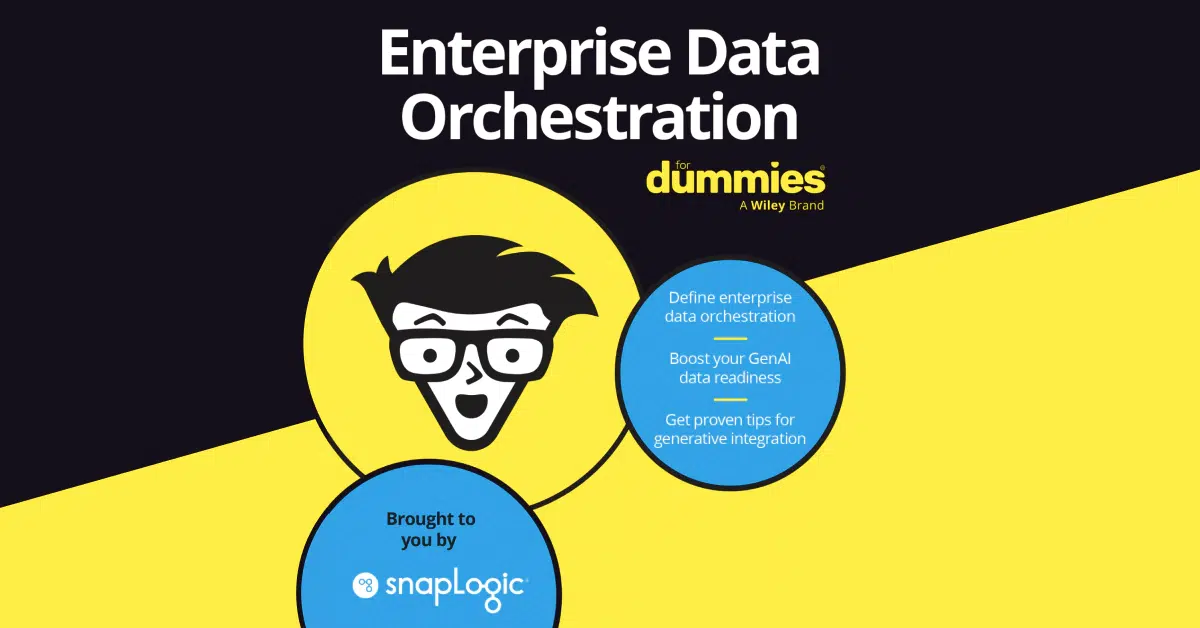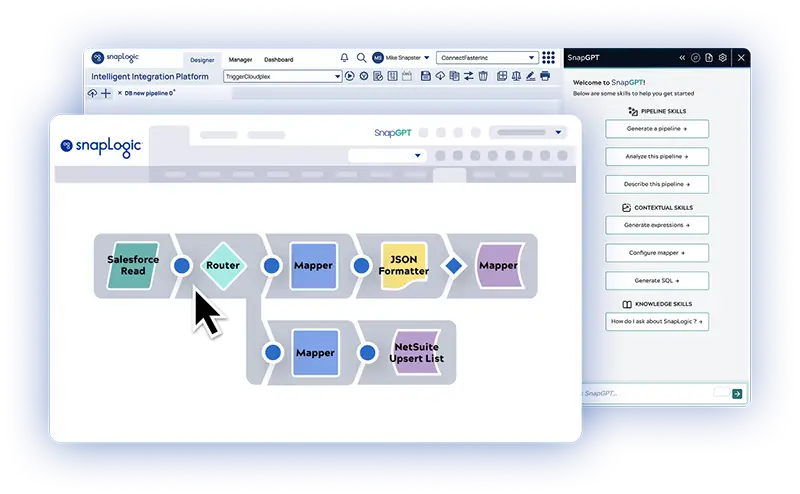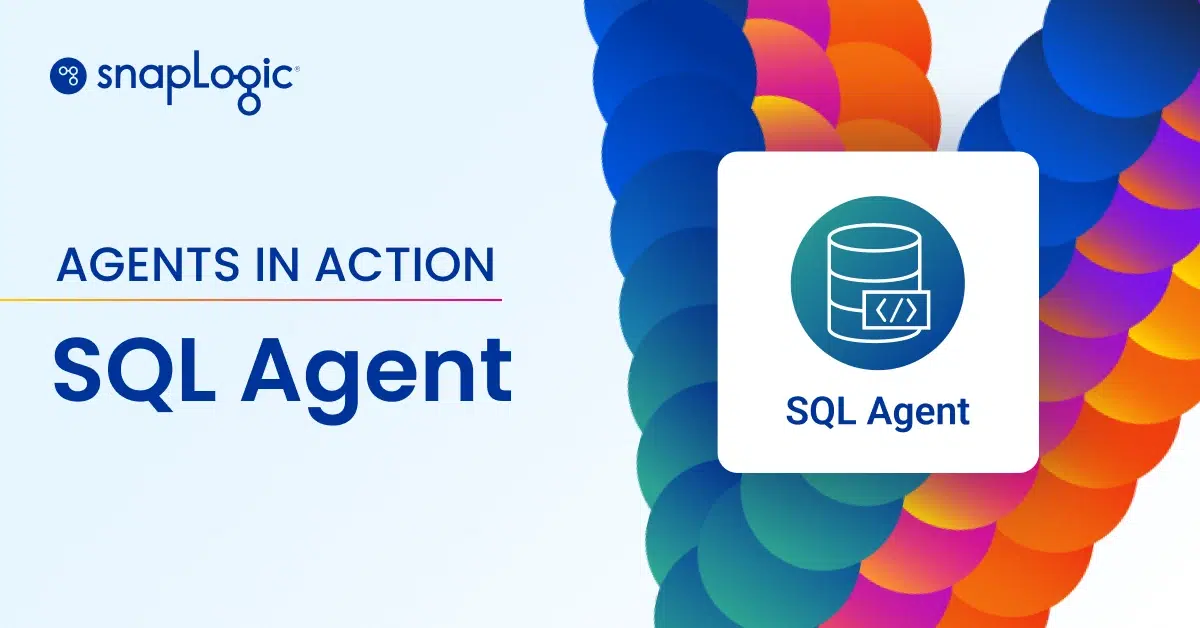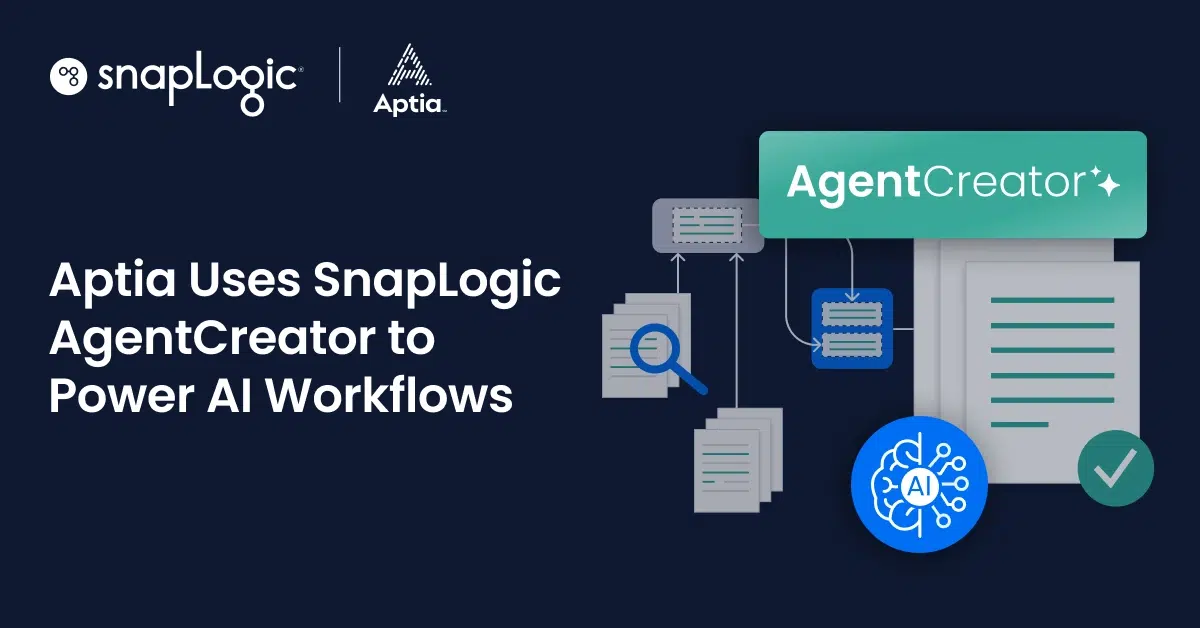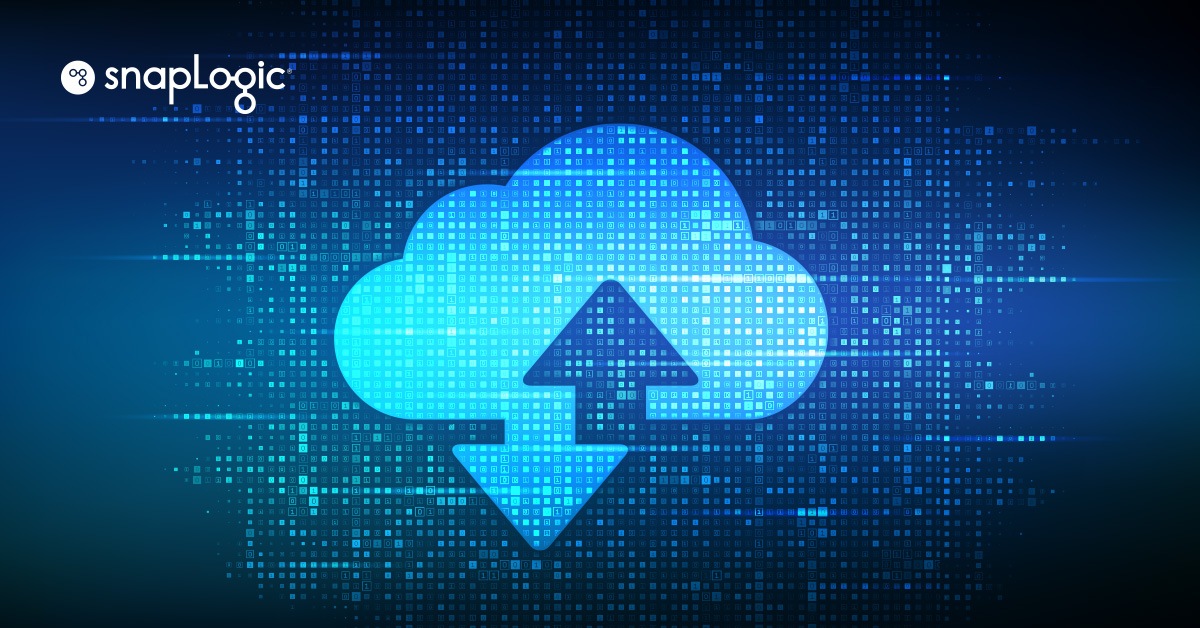In this article, you will discover:
- The real barrier to AI (Hint: It isn’t talent or tools)
- A new model for the modern data stack: the composable enterprise
- Data orchestration’s role in enabling a flexible, AI-ready business
Generative artificial intelligence (GenAI) is quickly becoming essential to enterprise innovation and powering assistants, copilots, and intelligent agents that can reason, automate, and scale operations like never before. But for many organizations, the infrastructure supporting these AI ambitions still resembles a tangled mess of point solutions, manual processes, and brittle integrations.
Understanding that the real barrier to AI is data
Despite the growth of modern data stacks, most core enterprise systems and applications weren’t designed with AI-readiness in mind. These legacy platforms were built for static reporting and basic automation. As a result, businesses face significant friction when trying to implement real-time analytics and deploying intelligent agents that act autonomously.
Data pipelines are fragmented, processes remain highly manual, and IT teams are burdened with patchwork integrations. This disjointed foundation leaves organizations ill-equipped to support the scale, speed, and sophistication required for AI-driven decision-making and automation. To truly harness the power of AI, businesses must rethink not only their tools but also the underlying architecture connecting them.
Even the most advanced LLMs can’t deliver value without timely, contextual, and trustworthy data. As noted in Enterprise Data Orchestration For Dummies, SnapLogic Edition, “The effectiveness and accuracy of GenAI outcomes depend more on the inflows of orchestrated data than on the sophistication of the models themselves.”
Breaking free with the composable enterprise
Enterprises can break free from the chaos of fragmented tools and rigid architectures, and embrace a future of composability.
A composable enterprise is built on modular, reusable building blocks — systems that integrate seamlessly, APIs that are managed and governed, and workflows that can be designed and automated with ease. A flexible and future-proof approach that can enable faster development, simplified scaling, and AI-ready data flowing across the enterprise.
Implementing orchestration: The glue that makes AI work
Composable architecture is powerful, but orchestration is what brings it to life.
Enterprise data orchestration goes beyond just moving data to encompass data transformation, routing, and activation. In other words, it connects the dots between sources, systems, and AI agents. From modernizing legacy systems to automating a supply chain workflow or deploying a GenAI-powered assistant, orchestration is the layer that makes it all work.
Enterprise Data Orchestration For Dummies, SnapLogic Special Edition is the roadmap to a composable, AI-ready enterprise. It’s packed with insights, use cases, and practical steps to help you unlock AI-led innovation, starting with a foundation that’s built to scale.
Download this free ebook and learn how to build an AI-ready architecture that turns chaos into composability.
This article was originally posted by dummies.com

